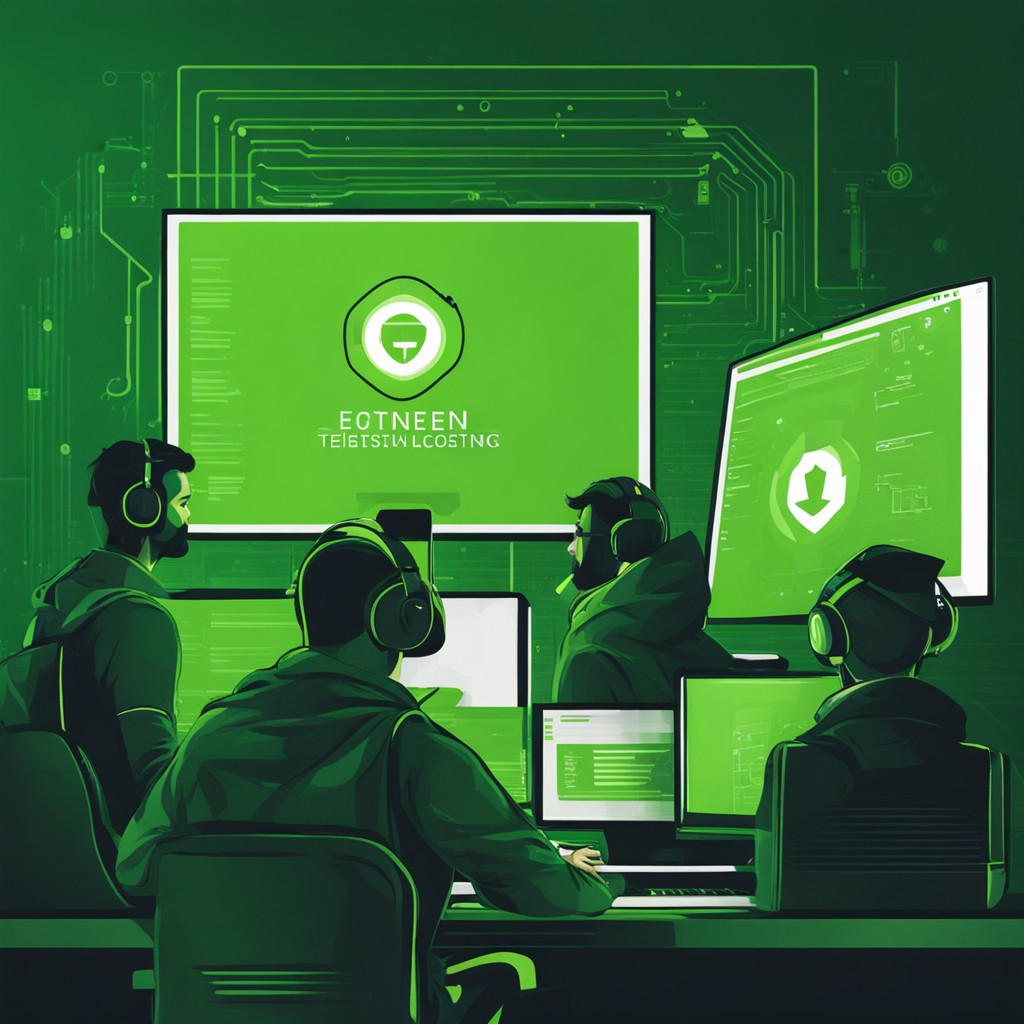On July 12, 2024, a hacktivist known as NullBulge announced on a dark web forum that they had breached Disney’s internal Slack chats, resulting in the exposure of 1.1TB of data. This breach has sent shockwaves through the cybersecurity community and raised serious concerns about the security of corporate communication platforms.
The Breach
The attackers claim to have accessed nearly every message and file from approximately 10,000 Slack channels. The leaked data includes unreleased projects, raw images, code, logins, and links to internal APIs. Initially, the breach was thought to involve only 2.6GB of data, but the true scale was much larger, emphasizing the severity of the incident.
How It Happened
The breach appears to have been facilitated by several factors:
- Credential Theft: The attackers may have stolen login credentials through phishing attacks or by exploiting weak password policies.
- Exploiting API Vulnerabilities: Slack APIs, if not properly secured, can be a gateway for attackers to access internal data. The attackers might have found and exploited such vulnerabilities.
- Lateral Movement: After gaining initial access, the attackers could have moved laterally within Disney’s network to find and extract data from Slack channels.
Motivations and Impact
The attackers, who identify as members of the Club Penguin fan community, claim their actions are intended to punish those caught stealing content and to protect the rights and livelihoods of artists in the digital age. This breach is not only a significant financial and reputational blow to Disney but also highlights broader issues in corporate cybersecurity practices.
Lessons Learned
Strengthen Internal Communication Security: Companies must implement stringent security measures for internal communication platforms. This includes enforcing strong password policies, regular audits, and securing API endpoints.
Implement Multi-Factor Authentication (MFA): MFA can add an additional layer of security, making it more difficult for attackers to gain access using stolen credentials.
Regular Security Training: Regular training can help employees recognize and avoid phishing attempts and other social engineering tactics.
Monitor and Respond to Threats: Continuous monitoring of networks and swift response to detected threats can help mitigate the damage of a breach.
Data Minimization and Encryption: Limiting the amount of sensitive data stored and ensuring that any stored data is encrypted can reduce the impact of a breach.
The Disney data breach serves as a stark reminder of the vulnerabilities inherent in corporate communication systems. Companies must take proactive steps to secure their internal communications and protect sensitive data. By implementing robust security measures and fostering a culture of security awareness, organizations can better defend against similar threats in the future.





